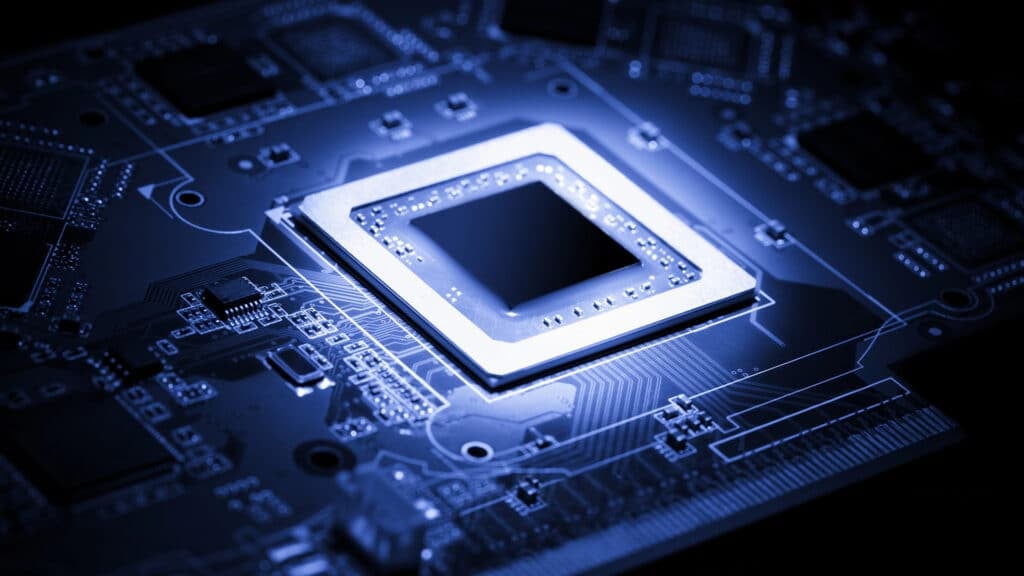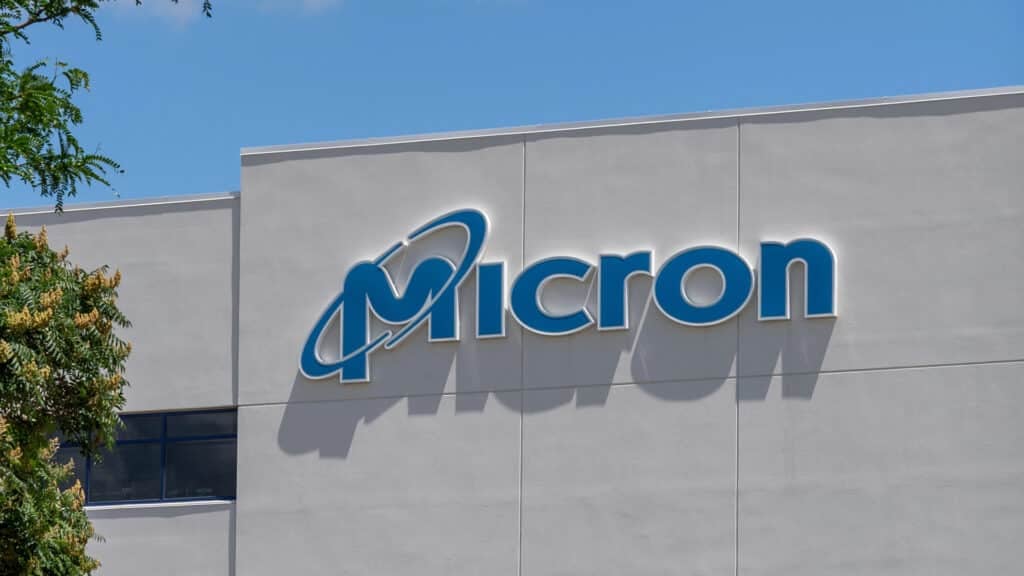Analyst(s): Ron Westfall
Publication Date: October 3, 2024
Nokia has unveiled its Event-Driven Automation (EDA) platform, designed for the AI era. This platform revolutionizes data center network operations by leveraging Kubernetes to deliver highly reliable, simplified, and adaptable lifecycle management. Nokia’s new platform is designed to eliminate human error in network operations, significantly reducing network disruptions and application downtime. Additionally, it decreases operational effort by up to 40%. The Networking Field Day Exclusive with Nokia provided a deep dive into the innovations introduced across data center networking alongside live demonstrations of Nokia EDA. Learn more about the event here.
What is Covered in this Article:
- Nokia EDA is a multivendor solution aimed at introducing a contemporary intent-based strategy for network automation, leveraging Kubernetes as its foundation.
- EDA features include digital twin capabilities, generative AI assistance, and integration with a wide range of IT service management systems, event notification systems, and cloud management platforms.
- EDA is poised to disrupt the data center network automation segment amid a wide range of competition.
- EDA decreases operational effort up to 40%, simplifying data center life cycle operations.
The News: Nokia announced the availability of its AI era, EDA platform. Nokia EDA is designed to raise the bar on data center network operations with a modern approach that builds on Kubernetes to bring highly reliable, simplified, and adaptable lifecycle management to data center networks.
See the complete Nokia press release on the Nokia site.
Nokia Unleashes EDA to Automate AI Era Data Centers
Analyst Take: Nokia EDA aims to elevate data center network operations by leveraging Kubernetes. This modern approach can ensure highly reliable, simplified, and adaptable lifecycle management for data center networks. Nokia’s EDA platform is aimed at removing barriers, such as distrust on fully automated systems to deliver accurate outcomes, legacy system complexities, cultural resistance, and the limited deployment of scalable, open, multi-vendor solutions, to spur the automation of data center network management tasks.
The ongoing digital transformation and the surge in AI applications, combined with workforce shortages and skills gaps in data centers, are compelling web scalers, enterprises, and service providers to expand and modify their data center infrastructures.
Network Automation Landscape Overview and Prospects
Network automation is a journey and data centers are no exception. As a result, measuring the direction of network automation requires a multi-year perspective. This includes recognizing that many organizations report completing network automation projects although that does not necessarily mean the attainment of an automated network. For example, network automation projects are completed within a specific unit or set of units although not on an organization-wide basis. The journey can prove incremental.
Factoring in such considerations has some bearing on understanding the direction of network automation. For example, in organizations that report completed projects, about 57% of all network tasks are still manual, meaning only 43% are automated today. However, that’s changing as respondents perceive that in two years, the scales will tip toward automation: 66% of network management tasks will be automated by 2026 (according to EMA).
This aligns with barriers that EMA identified, and Nokia shared in the announcement. Barriers to adopting automation include a lack of scalable, open, multi-vendor solutions; legacy systems and complexity requiring skilled resources; and a lack of trust in fully automated systems delivering the right outcomes. Nokia EDA aims squarely at overcoming such barriers. How so?
Kubernetes Is the Difference Maker
In my view, Kubernetes networking eases adoption of network automation by taking familiar networking principles and applying them to Kubernetes (K8s) cluster environments. Kubernetes networking offers a more straightforward, consistent, and automated approach compared to traditional networking models used for physical devices and virtual machines.
Kubernetes is the most popular open-source platform for container orchestration, widely regarded as a pivotal development in the evolution of cloud-native technologies. Originally developed by Google and released to the public in 2014, K8s has empowered organizations to transition from traditional IT infrastructure to the automation of operational tasks associated with deploying, scaling, and managing containerized applications (or microservices).
Previously, the traditional network operations approach entailed setting up new endpoints that required manual configuration of IP addresses, firewall ports, and DNS routes. With Kubernetes, all these functionalities can be handled more efficiently across the cluster workloads. As a result, developers and operators can streamline deploying resources and make them accessible to others without needing to understand the underlying network implementation. This approach can catalyze the setup, maintenance, and ongoing enforcement of security requirements by enabling all management tasks to be handled directly within K8s.
Nokia EDA builds on the proven K8s platform and taps into its extensive open-source ecosystem with the goal of reducing risks and lowering barriers to entry for users. As an integral part of Nokia’s Data Center Fabric solution, EDA enhances and expands its Service Router Linux (SR Linux) network operating system, which provides a comprehensive set of programmatic and telemetry interfaces. EDA is a vendor-agnostic platform and delivers insight into how the network is operating when it is combined with SR Linux.
EDA is designed to reinforce trust in network automation by minimizing and eliminating network downtime. To achieve this vital objective, EDA provides a single source of truth, pre/post-check, remediation, revision control, network-wide transactions, digital twin, and fabric observability capabilities.
In my view, a key differentiator is EDA’s ability to simplify operations by abstracting the complexity of the multivendor network and making automation easier. Through integrated support of intent-based automation, GenAI assistance, customized UI, multivendor support, and zero touch provisioning, network management lifecycle can become significantly simplified.
Nokia Ready to Disrupt Data Center Management Landscape
EDA is integral to Nokia Data Fabric solution that includes the fixed-configuration Nokia 7220 Interconnect Router (IXR) and the Nokia 7250 Interconnect Router (IXR) series, which provide modular and fixed-configuration platforms that enable scalable and reliable data center switching architectures for leaf, spine, super-spine, and management top-of-rack (TOR) applications, as well as the Nokia SR Linux NOS.
EDA, alongside Nokia Data Fabric, faces a plethora of competition. For instance, Juniper Apstra intent-based networking software is positioned to automate and validate the design, deployment, and operation of data networks from Day 0 through Day 2+ including emphasis on Apstra Cloud Services, a suite of AI-Native, cloud-based applications from AIOps. As such, Nokia should consider putting more sales and marketing emphasis on how EDA can strengthen AIOps capabilities to more directly counter Juniper, especially as its portfolio gets integrated into the HPE organization.
Cisco Nexus Dashboard/ACI stresses its SDN credentials and Nokia can look to show that its fresh K8s SDN approach can deliver a wider range of data center network automation advantages. Arista CloudVision is built on a Network Data Lake (NetDL) architecture that uses real-time state to provide an abstraction of the physical network to a broader, network-wide perspective allowing for several operational and network telemetry capabilities including turn-key automation with CloudVision Studios. As such, Nokia should address how EDA’s K8s foundation provides customization of automation environment advantages over Arista NetDL-based CloudVision.
Nokia EDA can overlap with offerings such as SolarWinds Hybrid Cloud Observability, Progress WhatsUp Gold, and Red Hat Ansible Automation Platform, which makes the sharpening of the messaging around K8s advantages even more important. This applies to convincing data center operations teams that Nokia can be trusted to optimize network automation across multi-vendor implementations that include competitor products.
Looking Ahead
In my view, a key differentiator is EDA’s ability to simplify operations by abstracting the complexity of the multivendor network and making automation easier to use. Through integrated support of intent-based automation, GenAI assistance, customized UI, multivendor support, and zero touch provisioning, network management lifecycle can become significantly simplified.
Nokia’s business case analysis (BCA) tool, developed by Nokia Bell Labs, addresses the benefits of data center network automation. Major takeaway and competitive advantage are that Nokia’s EDA can reduce network disruptions and application downtime while also decreasing operational effort up to 40%. Naturally, outcome benefits vary according to distinct data center requirements and the BCA tool is built to accommodate such variance.
I believe Nokia’s EDA platform is ready to accelerate network automation and innovation throughout data center environments. By using Kubernetes capabilities, Nokia can empower its customers with an innovative network automation solution that substantially minimizes operational effort and reduces the risk of human error.
Disclosure: The Futurum Group is a research and advisory firm that engages or has engaged in research, analysis, and advisory services with many technology companies, including those mentioned in this article. The author does not hold any equity positions with any company mentioned in this article.
Analysis and opinions expressed herein are specific to the analyst individually and data and other information that might have been provided for validation, not those of The Futurum Group as a whole.
Other insights from The Futurum Group:
Juniper Debuts Ops4AI and JVDs to Spur Ecosystem-wide Adoption of AI
Arista Acquires Pluribus Networks to Raise Cloud Networking Proposition to the Next Sphere
Cisco Q4 & FY 2024: Focus on AI, Security, and Cloud
Author Information
Ron is an experienced, customer-focused research expert and analyst, with over 20 years of experience in the digital and IT transformation markets, working with businesses to drive consistent revenue and sales growth.
He is a recognized authority at tracking the evolution of and identifying the key disruptive trends within the service enablement ecosystem, including a wide range of topics across software and services, infrastructure, 5G communications, Internet of Things (IoT), Artificial Intelligence (AI), analytics, security, cloud computing, revenue management, and regulatory issues.
Prior to his work with The Futurum Group, Ron worked with GlobalData Technology creating syndicated and custom research across a wide variety of technical fields. His work with Current Analysis focused on the broadband and service provider infrastructure markets.
Ron holds a Master of Arts in Public Policy from University of Nevada — Las Vegas and a Bachelor of Arts in political science/government from William and Mary.





